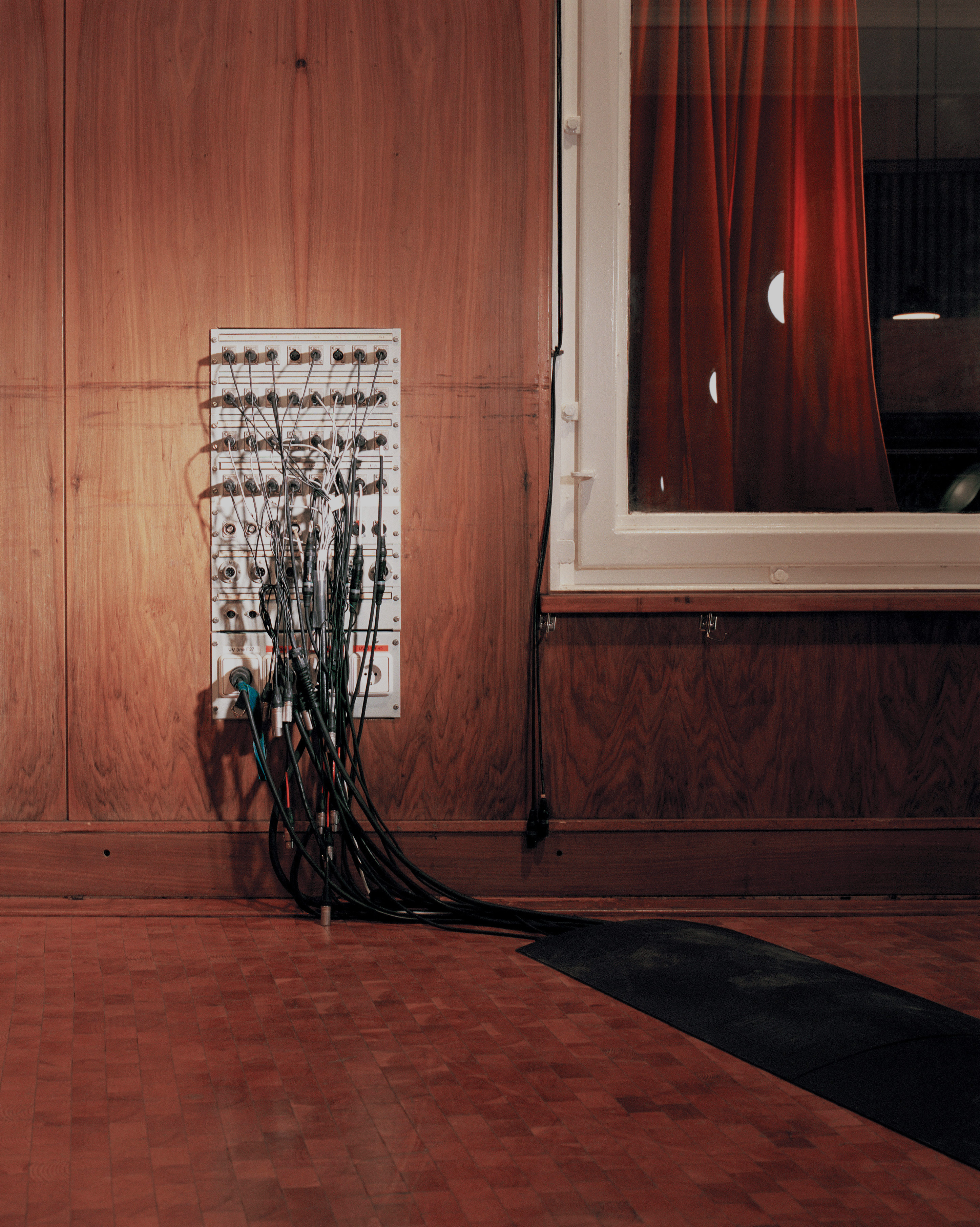In audio, we're lucky to have a handful of obsessive experts on specific, niche topics; Stewart Tavener is one of these people. I first met Stewart five years ago while shopping for a stereo ribbon mic. From his UK-based shop, Xaudia, Stewart specializes in restoring and upgrading old ribbons: Reslo, Bang & Olufsen, RCA, and Oktava. The Xaudia blog is full of great mic history, with microphone gut shots and restoration details, plus the online store is full of cool, weird, interesting mics at sane prices. Visit with caution!
When I heard that Stewart was starting a separate company to design and manufacture a line of new ribbon mics, I was immediately interested. A few months later he sent me a pair to demo and I wasn't disappointed. The Extinct Audio BM9s are classy and confidence-inspiring right out of the (very lovely) box. Every engineer I've handed them to immediately commented on the heft, build quality, and general good looks. Cosmetically the BM9 resembles a Bang & Olufsen BM3 (an old Danish ribbon that also inspired the Royer Labs R-121's design [Tape Op #19]). Unlike the Bang & Olufsen and Royer designs, the BM9 has vertical grill slots.
I skipped any measuring tests and put the mics right to work in sessions. All I've been doing is rock sessions, so that's what the mics did. I used them as a Blumlein pair in front of Scott Amendola's drum kit (if you haven't tried Blumlein in front of a drum kit, it's worth experimenting with – especially in a good room), on Zach Ostroff's baritone guitar, in front of a vintage Orange 4x12 tracking high gain 7-string guitars for Gospel of the Witches, as a stereo pair on glassy Roland JC-120 clones, and for a torture test, on my own band's stupidly loud guitar amps. In every instance the mics were fantastic. Over and over they made my go-to guitar dynamic mics sound broken and one-dimensional in comparison. To be fair, the dynamics still made for good "blend mics" with both mics right on a guitar cab's grill, to counter the BM9's substantial proximity effect. Or the BM9 works great on its own up close to balance out thinner, brighter guitar sounds. A foot back, the proximity effect is greatly reduced, so like most ribbons it's worth experimenting with distance to see what's right for your source.
Stewart also sent me a "Black Ops" BM9, named for its black grill and badge. This mic is designed for higher SPLs and reduced proximity effect – say for example, if you often mic up jet engine level guitar amps. The Black Ops mic is stellar. The muted proximity effect is indeed helpful and the Black Ops' midrange character is different from the standard BM9, making it a different, but great-sounding, beast. If you asked me to choose between models, I'm really not sure which I would pick.
I did finally do some quick guitar shootouts, against my Royer Labs R-121, and my favorite guitar ribbon, the sE Electronics VR1. The BM9 held up great. It's hard to describe the differences; it's sort of like hearing different guitar speakers. Different voicings. Different comb filtering. But I kept coming back to the BM9, and on at least one record I'll be using only BM9s on guitars – they just beat everything else I tried.
I find that every shock mount out there kinda sucks, and my only complaint is that the shock mounts that accompanied the BM9s aren't great, so I used $0.99 Monoprice spring clips instead. I'm told that the shock mounts I have were just "placeholders" for review, and that newly shipped mics are now supplied with both a hard tail mount and a better shock mount.
These mics are machined and assembled entirely in the UK, have a lifetime mechanical warranty (and 1-year ribbon warranty), and they sound killer. At this price they're a fucking steal. Buy a pair.




_disp_horizontal_bw.jpg)